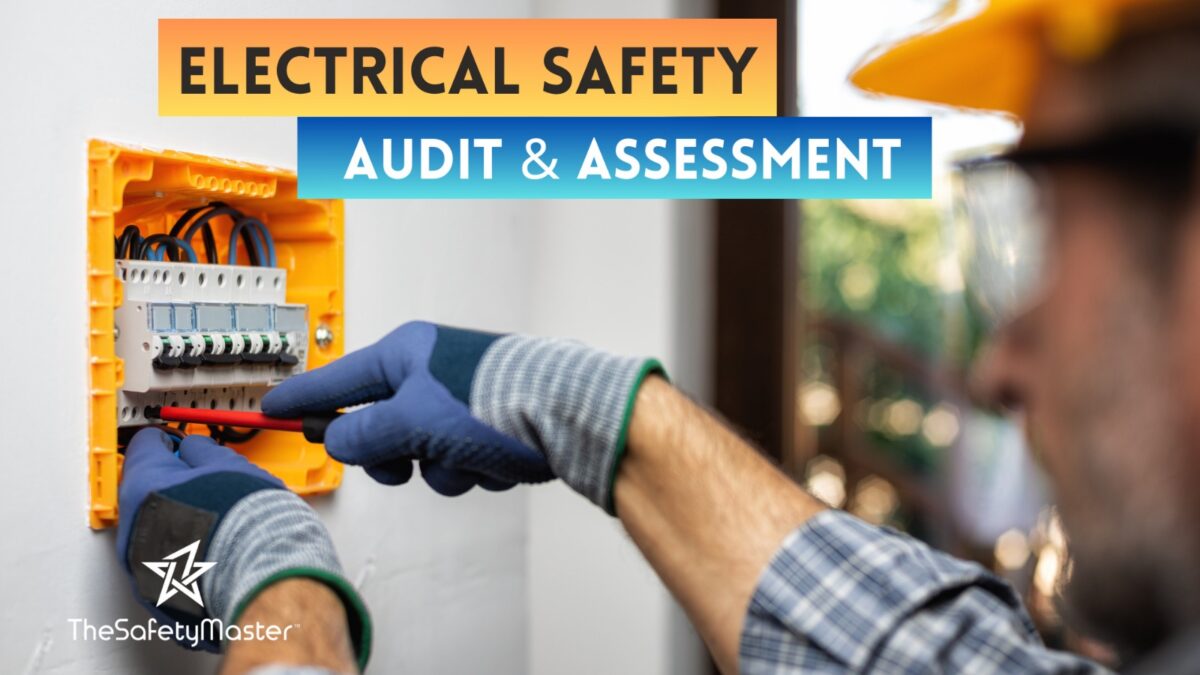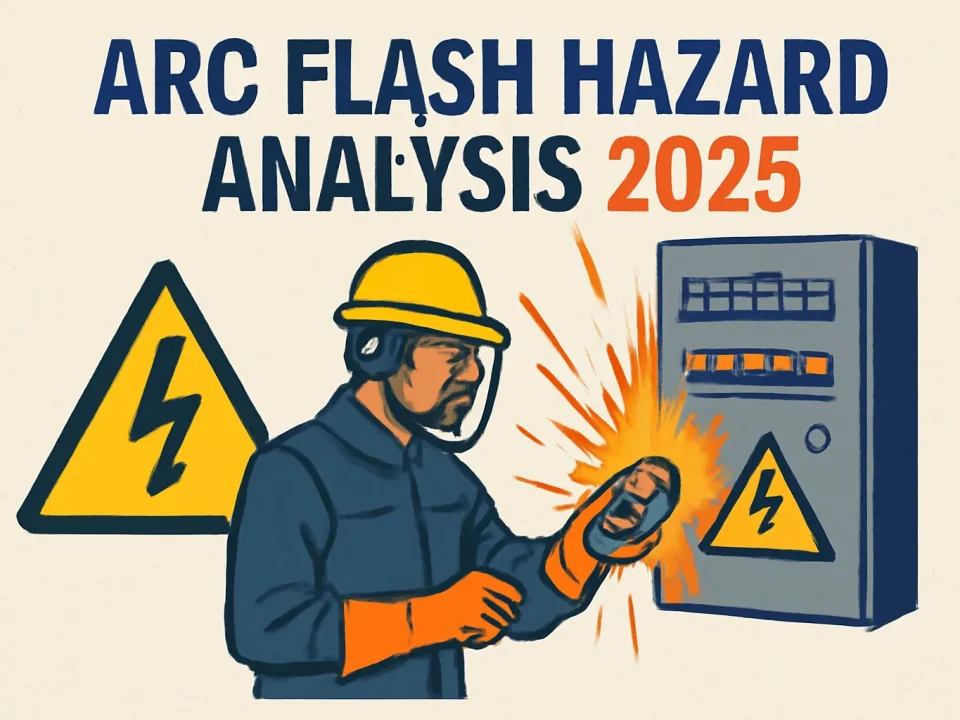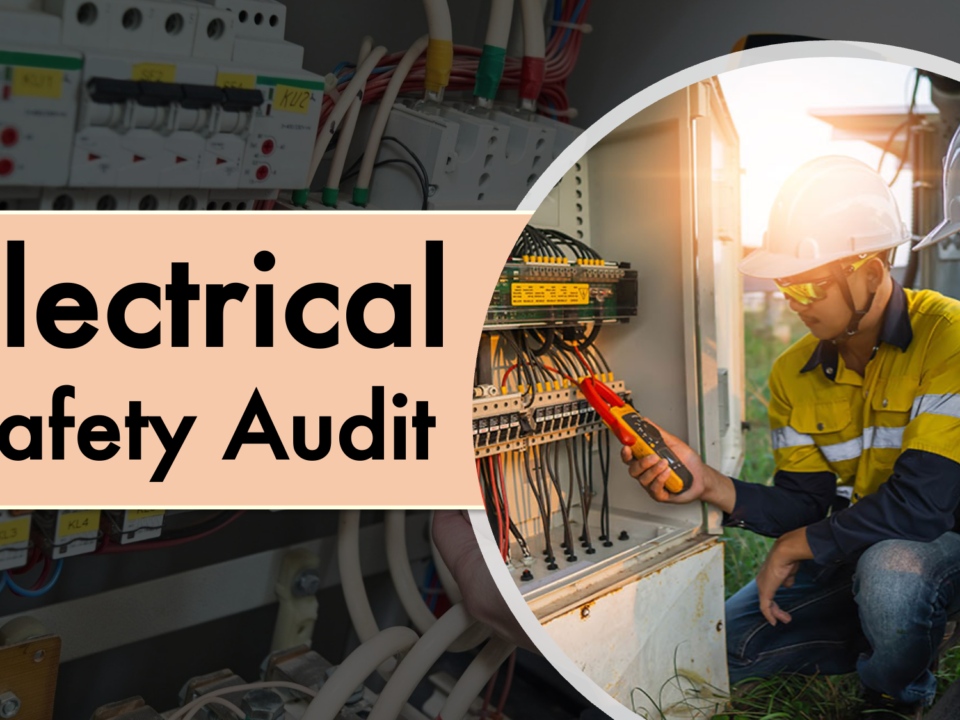Residual Life Assessment for Electrical Equipment: Ensuring Safety and Reliability

Dust Explosion Hazards & Controls
October 24, 2024
Material Handling Audit Including crane, Forklift, Hydra
October 29, 2024In today’s industrial landscape, the reliability and safety of electrical equipment are paramount. Electrical equipment, including transformers, circuit breakers, and switchgear, plays a crucial role in the operation of various industrial processes. Over time, these devices are subject to wear and tear, which can lead to failures and, in some cases, catastrophic incidents. Therefore, a Residual Life Assessment (RLA) becomes essential to predict the remaining useful life of the equipment, ensuring that it operates safely and reliably.
Understanding Residual Life Assessment
Residual Life Assessment (RLA) is a systematic process used to evaluate the remaining useful life of equipment. It involves a combination of techniques, including visual inspections, diagnostic testing, and analysis of operational data. The primary goal of RLA is to identify potential failure points and predict when maintenance or replacement will be necessary. This proactive approach helps in preventing unexpected failures and optimizing the maintenance schedule, thereby enhancing the safety and efficiency of the equipment.
Importance of RLA in Electrical Equipment
Electrical equipment in industrial settings is often exposed to harsh operating conditions, including high temperatures, humidity, and electrical stresses. These conditions can accelerate the aging process of the equipment, leading to insulation breakdown, corrosion, and mechanical wear. An effective RLA program helps in identifying these aging mechanisms and provides insights into the health of the equipment. By understanding the residual life, industries can make informed decisions regarding maintenance, refurbishment, or replacement, thus avoiding costly downtime and potential safety hazards.
Key Components of Residual Life Assessment
- Visual Inspection: Visual inspections are the first step in an RLA program. Experienced engineers inspect the equipment for signs of wear, corrosion, and physical damage. This step is crucial as it provides immediate insights into the condition of the equipment and helps in identifying areas that require further investigation.
- Diagnostic Testing: Advanced diagnostic tests, such as partial discharge measurements, thermographic analysis, and insulation resistance tests, are conducted to assess the electrical and thermal integrity of the equipment. These tests help in detecting hidden faults that may not be visible during visual inspections.
- Data Analysis: Historical operational data, including load cycles, temperature profiles, and maintenance records, are analyzed to understand the stress levels experienced by the equipment. This data is crucial in predicting the remaining useful life and identifying patterns that may indicate potential failures.
- Condition Monitoring: Continuous condition monitoring using sensors and online diagnostic tools allows for real-time assessment of the equipment’s health. This proactive approach helps in detecting anomalies early and prevents unexpected failures.
Integration with Process Safety Management
Residual Life Assessment is an integral part of Process Safety Management (PSM). PSM is a systematic approach to managing the risks associated with hazardous processes in industries. It involves identifying, evaluating, and controlling hazards to prevent accidents and ensure the safety of personnel and the environment. By integrating RLA into PSM, industries can enhance their safety programs by ensuring that critical electrical equipment is operating within safe limits.
Role of Fire Audits and Fire Risk Assessment
Electrical equipment failures can lead to fire incidents, which pose significant risks to industrial facilities. Fire audits and Fire Risk Assessment (FRA) are essential components of a comprehensive safety management program. Fire audits involve a thorough examination of the facility’s fire protection systems, emergency response plans, and compliance with fire safety regulations. FRA, on the other hand, involves identifying potential fire hazards, evaluating the risks, and implementing measures to mitigate them.
By incorporating RLA findings into fire audits and FRA, industries can enhance their fire safety measures. For instance, if an RLA indicates that a particular piece of electrical equipment is nearing the end of its useful life, proactive measures such as enhanced fire protection, increased monitoring, or equipment replacement can be implemented to prevent fire incidents.
Training and Awareness
Effective implementation of RLA requires a skilled workforce that is knowledgeable about the techniques and tools used in the assessment process. Process Safety Management Training programs play a crucial role in building this expertise. These training programs educate personnel on the principles of RLA, diagnostic testing methods, data analysis techniques, and condition monitoring tools. By enhancing the skills of the workforce, industries can ensure that RLA is conducted accurately and effectively, thereby improving the reliability and safety of electrical equipment.
Case Study: Enhancing Equipment Reliability through RLA
Consider an industrial facility that relies heavily on transformers for its operations. The transformers are exposed to high electrical and thermal stresses, leading to insulation degradation over time. To ensure the reliability of these transformers, the facility implements an RLA program.
- Visual Inspection: Engineers conduct regular visual inspections and identify signs of insulation cracking and oil leakage in several transformers. These findings prompt further investigation.
- Diagnostic Testing: Partial discharge measurements and thermographic analysis are conducted on the transformers. The tests reveal elevated levels of partial discharge in one of the transformers, indicating potential insulation failure.
- Data Analysis: Historical data analysis shows that the affected transformer has experienced several high-load cycles, contributing to its accelerated aging. Based on these findings, the facility decides to replace the transformer before it fails.
- Condition Monitoring: The facility installs continuous condition monitoring systems on the remaining transformers to detect any anomalies in real-time. This proactive approach helps in identifying potential issues early and scheduling maintenance activities accordingly.
Conclusion
Residual Life Assessment is a critical tool for ensuring the safety and reliability of electrical equipment in industrial settings. By systematically evaluating the condition of the equipment and predicting its remaining useful life, industries can prevent unexpected failures, optimize maintenance schedules, and enhance overall safety. Integrating RLA with Process Safety Management, Fire Audits, and Fire Risk Assessment further strengthens the safety measures, protecting personnel and assets from potential hazards. Through Process Safety Management Training and continuous improvement, industries can build a skilled workforce capable of effectively implementing RLA, thereby ensuring the long-term reliability and safety of their electrical equipment.




